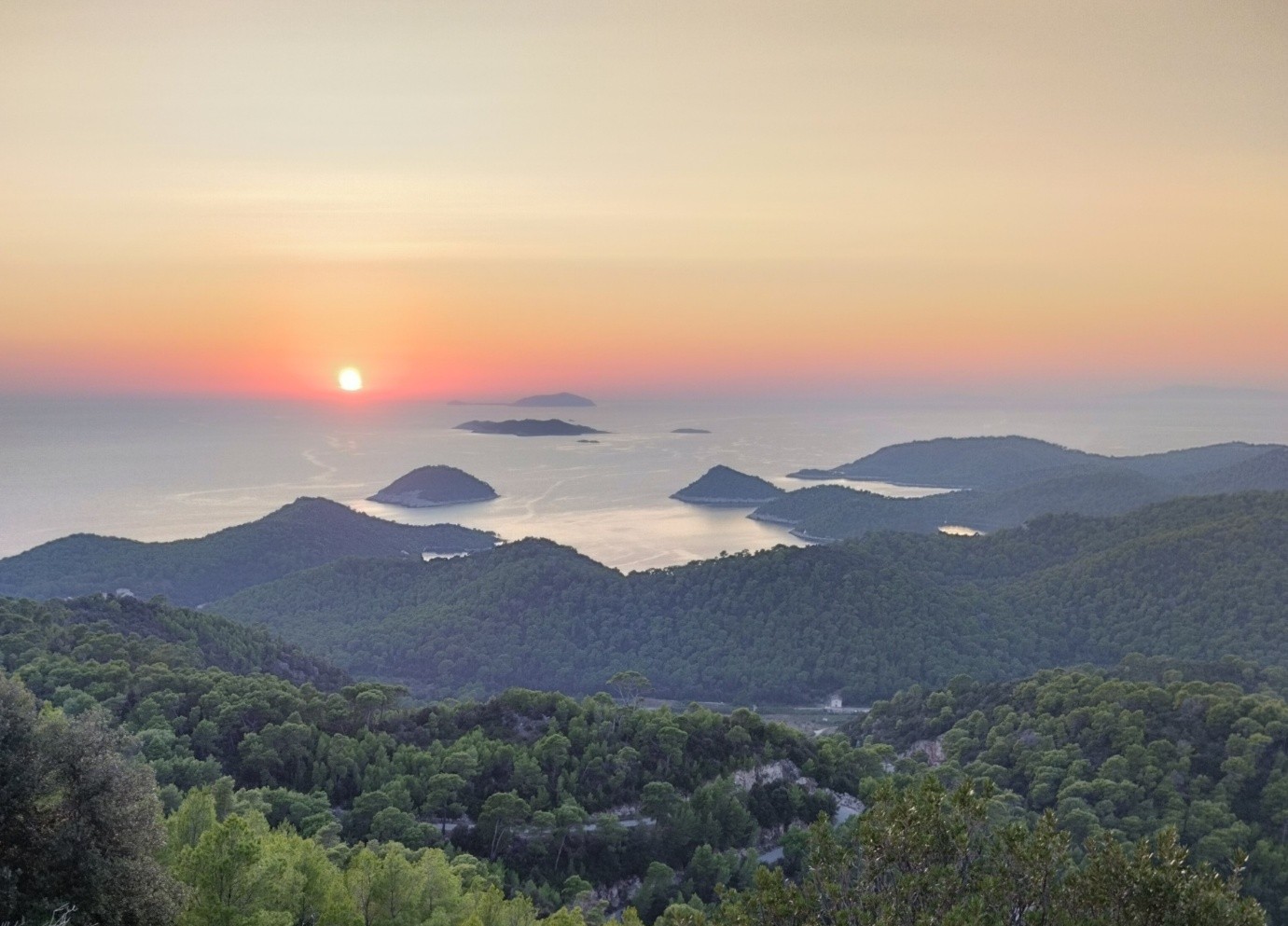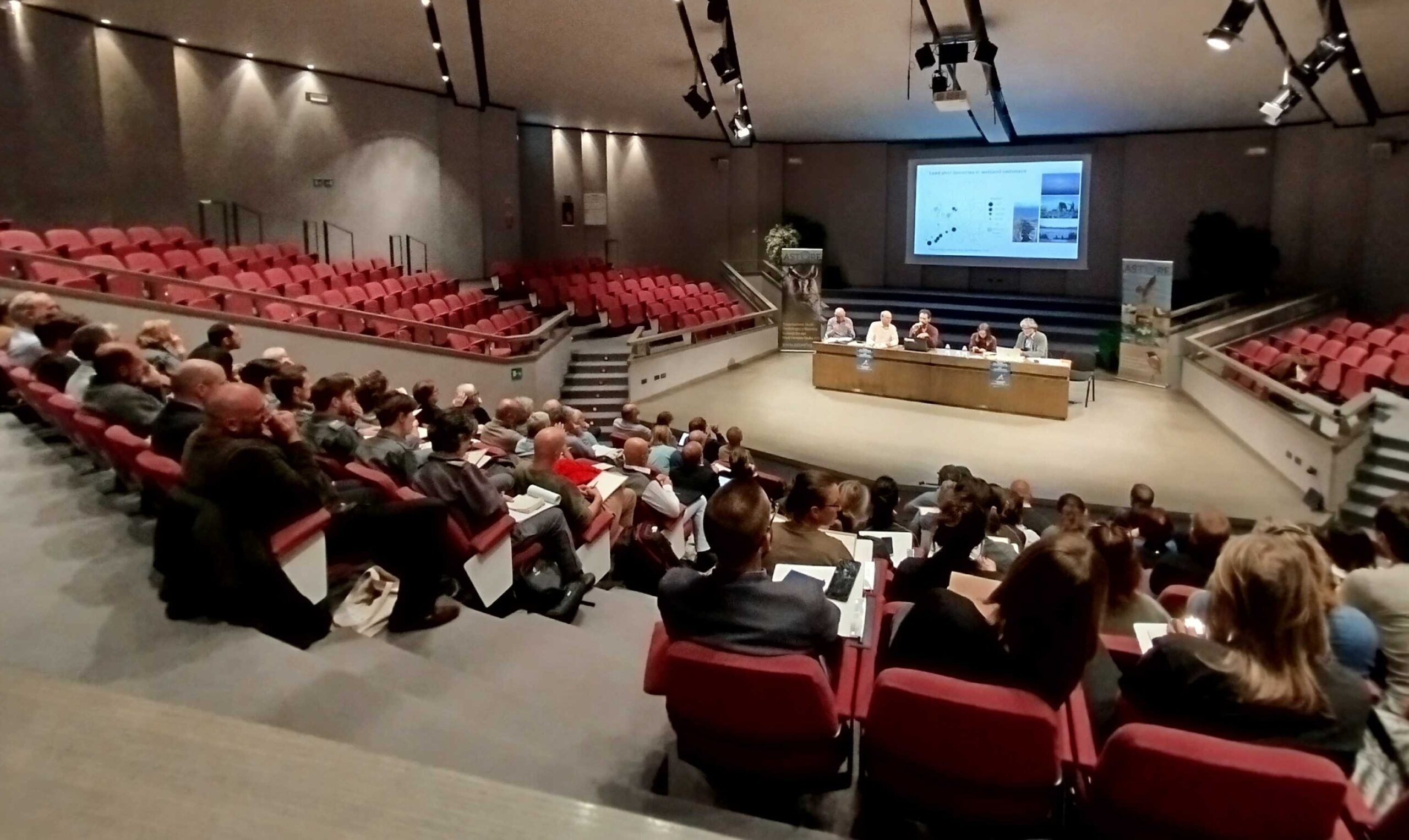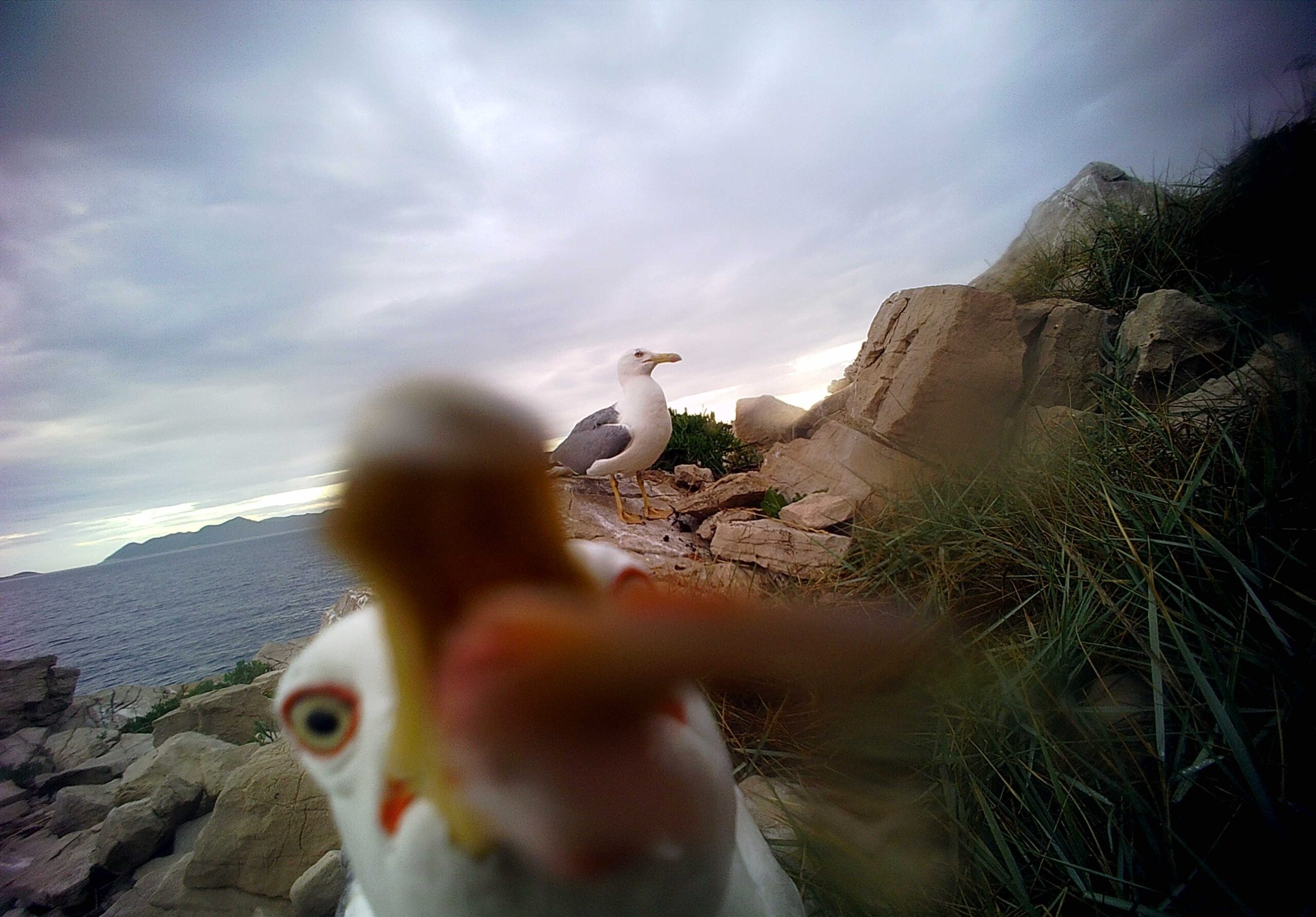One of the last havens for Western Capercaillies in Croatia is the Mountain Plješevica. It is crucial to include this area in the NATURA 2000 ecological network as soon as possible for the preservation of these birds
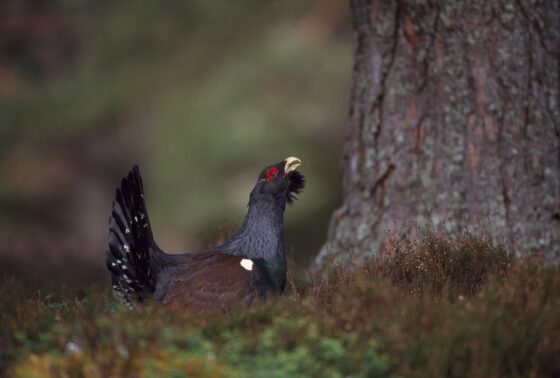
Latest research indicates a concerning trend in the disappearance of the Western capercaillie, named the Croatian bird of the year 2023. Originally widespread in Gorski Kotar and the heights of Lika, this species is now facing a decline. Due to various factors, most importantly global warming and the consequent disappearance of appropriate habitats (primarily spruce forests), Western capercaillies inhabit a considerably smaller area nowadays.
No signs of the presence of Western capercaillies were recorded in the ecological network of Gorski Kotar and northern Lika during the recent research conducted in 2022 and 2023. However, the most recent research revealed the presence of the species in Lika, but only in the Northern Velebit National Park and the area of the mountain Plješevica in eastern Lika. A small number of males was found in these two sites and the total population is estimated to be only 20-40 singing males.
The Western capercaillie is a non-migratory bird that inhabits coniferous forests and mixed coniferous-deciduous open forests. Its presence is an indicator of a healthy, old-growth forest ecosystem and high biodiversity. It spends spring and summer mostly in the forests with moderately connected crown covers, numerous trees with branches extending all the way down to the ground, blueberry bushes in the undergrowth, and small clearings of 0.02−0.1 hectares. In winter, it transitions to more open forests, with conifer needles making up a significant part of its diet. The distribution of this species is closely linked to the presence of blueberry bushes. These bushes are not only important for the adult birds’ diet, but also play a crucial role for the young birds as they host various species of invertebrates, especially butterfly larvae, which are the favored food of Western capercaillies.
Females and young males are sociable birds, often form groups of 10 or fewer individuals. Adult males are solitary, apart from a brief period in spring lasting 3 to 4 weeks when they gather in the singing areas for mating with females. Afterwards, females build nests on their own.
A viable population of Western capercaillies should include at least a couple of hundred individuals. This means that the species is endangered throughout Croatia with a tremendous risk of extinction. Moreover, it is important to remember that the Dinaric species of Slovenia has also vanished in the past decade.
How to help the Western capercaillie?
The proposed conservation measures involve integrating forestry practices with species preservation in order to conserve large open forest areas and maintain connections between populations. Additionally, it is crucial to decrease and regulate human activities in singing and nesting areas. To minimize mortality, steps such as relocating and marking power lines, fences, etc., are essential. An important safeguard also includes the closure of forest roads.
Maintaining a minimum surface area of an unmanaged forest within a 100-meter radius from the edge of the singing area is necessary. Active measures to protect the Western capercaillie should be ensured through the creation and implementation of an action plan for the preservation and recovery of the Western capercaillie population in Croatia, along with plans for managing those important areas for birds whose target species is the Western capercaillie. To preserve biological diversity in forests and the natural regenerative capabilities of these ecosystems, it is necessary to form and implement conditions and measures for nature protection within forest management plans.
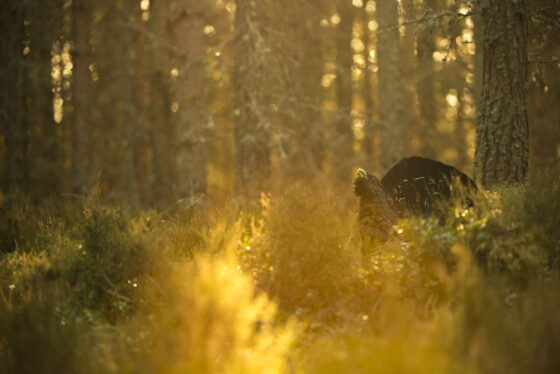
Since the newest research confirmed that Western capercaillies inhabit the mountain of Plješevica in eastern Lika, it is imperative to take measures for conservation of this species in the area. At the moment, Plješevica is not included in the ecological network designed to conserve bird species, which complicates the implementation of the safeguards. Plješevica is an important mountainous area not only for the Western capercaillie, but also for other species, namely, the Hazel grouse, the White-backed woodpecker, and the Three-toed woodpecker. It is high time to add this area to the list of protected areas for these species. Climate changes are a part of our reality, and the Western capercaillie is just one of many species we might lose in the coming decades. However, this should not hinder us from doing everything possible for their conservation.
(This article was translated into English by Lucija Grzunov)




